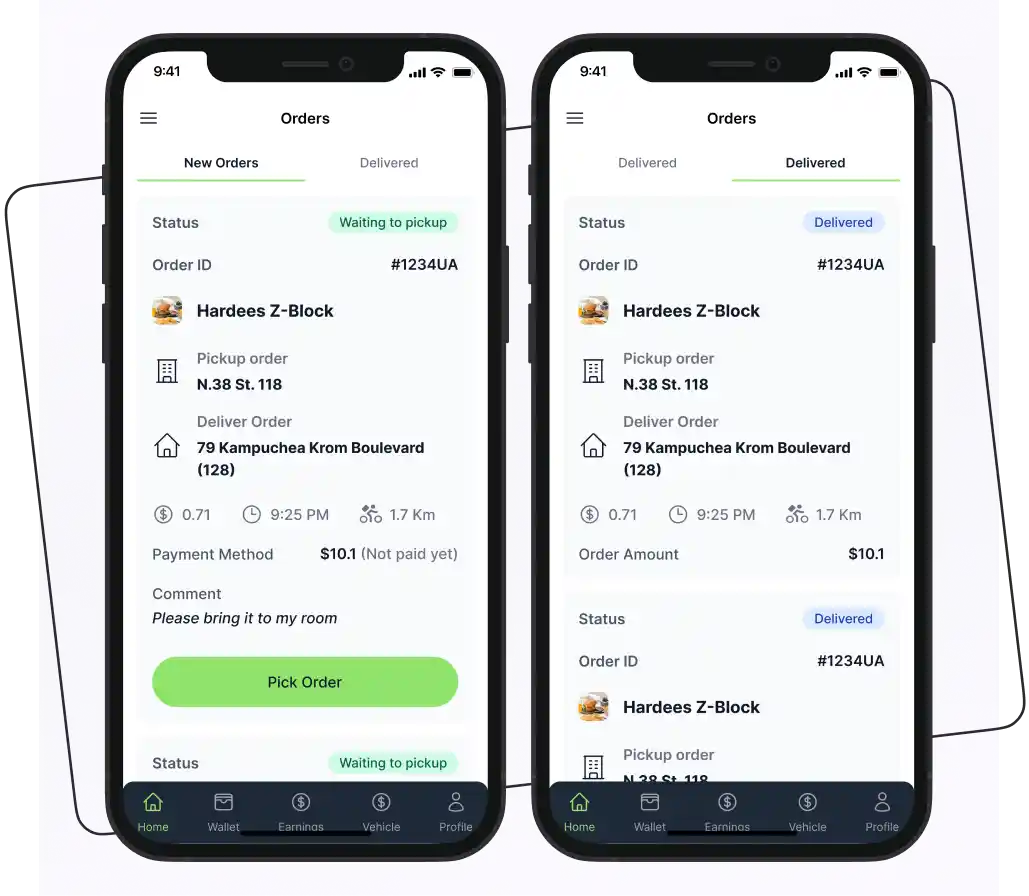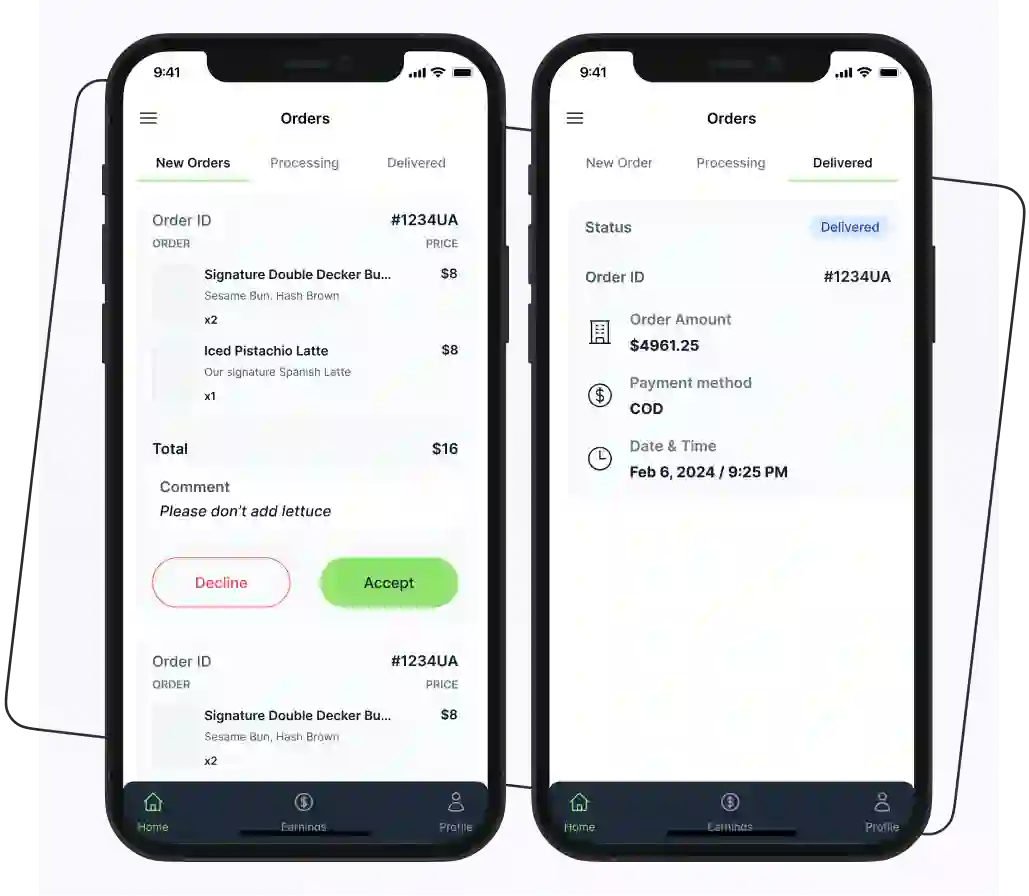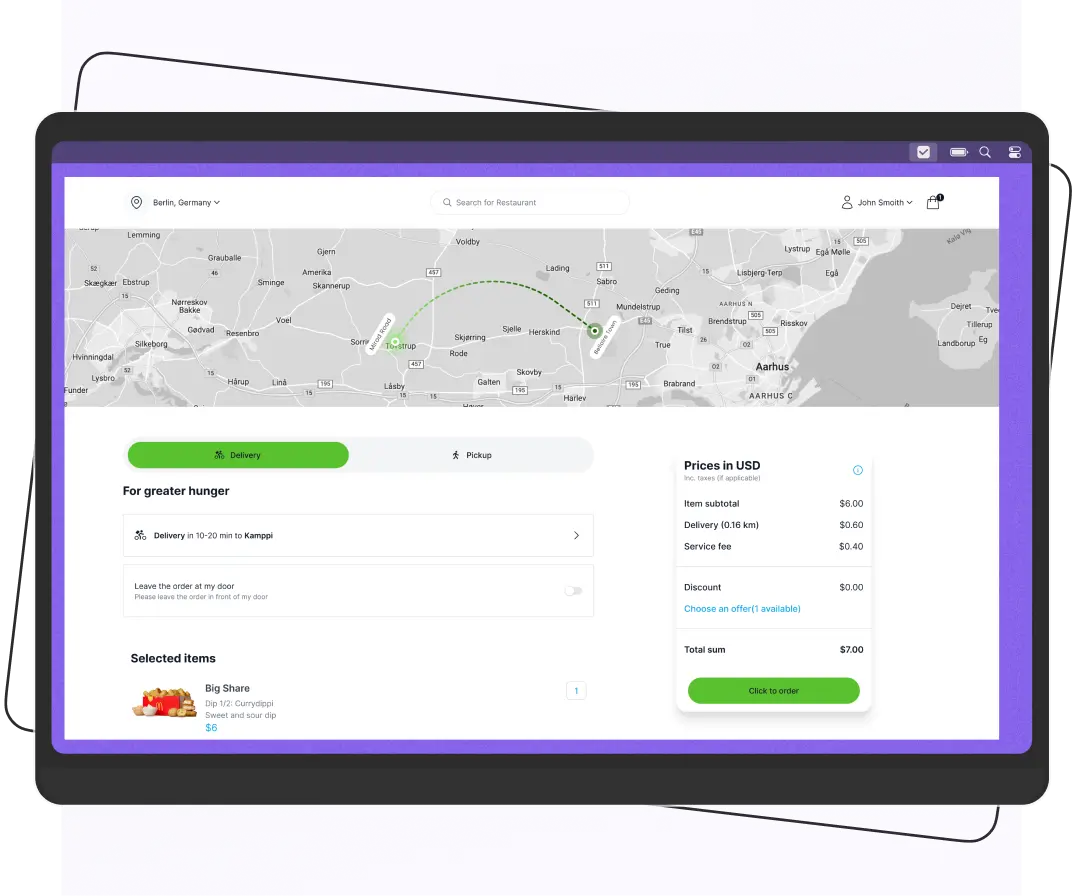
Key Takeaways
- Cost-Effective Solution: Open-source food delivery apps provide a customizable and commission-free alternative to traditional platforms like UberEats and DoorDash.
- Full Customization: Businesses can modify the app’s code to fit their unique needs, enhancing scalability and operational efficiency.
- Top Open-Source Platforms: Notable options include GloriaFood, Enatega, Ordering.Co, TastyIgniter, and Cloudify, each offering unique features for restaurants and delivery businesses.
- Essential Features: Key features include order tracking, multiple payment options, loyalty programs, POS integration, and marketing tools to enhance the customer experience.
- Choosing the Right Platform: Factors to consider include business size, customization needs, pricing, and integration with existing systems.
Are you dreaming of launching your very own food delivery app, like UberEats or DoorDash, but worried about the costs? You’re not alone! The increase in demand for online food ordering has led many entrepreneurs to look for affordable solutions, and open-source food delivery apps are here to the rescue.
Offering full control, extensive customization, and zero commission fees, these platforms are a game-changer for anyone looking to enter the food delivery market.
For food businesses, using an open-source delivery app is not just a smart move; it’s a cost-effective way to improve customer experience and streamline operations. Whether you’re a local restaurant or a large corporation, these apps provide the flexibility and resources needed to grow in a competitive market.
However, several options are available. To help you select the right tool that doesn’t need much investment, we have compiled a list of the best open source food delivery software to help you pick the best one.
What is the Open Source Delivery App?
The open source food delivery app is a tool that helps restaurants and cafes to set up and manage their online ordering and delivery operations. These apps streamline restaurant operations more effectively and quickly.
The main purpose of using the open source delivery app is to
- Improve the process of food ordering
- Improve the customer experience
- Help the riders find the fastest route
- Help restaurants scale their business
- Help restaurants communicate with their customers more easily
Moreover, open-source apps can be free to use but may require additional investments (e.g., hosting, custom development, and premium features).
The open source food ordering system differs from the traditional food ordering app. There are several advantages to using an open source rather than a traditional food delivery app.
Open Source Delivery App vs. SaaS Delivery Platform
Look at the table below and understand the differences between an open source delivery app and a SaaS delivery platform.
| Factor | Open Source Delivery App | SaaS Delivery App |
| Cost | Usually free to download. No license fee. But you may pay for hosting, customization, maintenance, or premium modules. | Requires ongoing subscription or one-time license fee. Hosting/support included in cost. |
| Customization | Full access to the source code. You can change workflows, add features, or integrate third-party APIs. | Limited customization; must stay within the vendor’s feature set or pay for custom development. |
| Ownership | You control the code and data; no vendor lock-in. | Vendor owns the code and often controls data storage. |
| Support | Community-based support (forums, GitHub). Paid support is usually available from third parties. | Dedicated, often 24/7 vendor support. SLAs included. |
| Time to Launch | Requires in-house tech skills or hiring developers; setup takes longer. | Ready-made solution, usually faster to deploy. |
| Security and Updates | You’re responsible for applying patches, securing servers, and testing new releases. | Vendor handles security, compliance, and updates automatically. |
| Scalability | Unlimited potential if you invest in infrastructure and development. | Scaling depends on your plan or vendor capabilities. |
| Long-Term Costs | Lower ongoing license fees but potentially higher development/maintenance costs. | Higher recurring fees, but predictable and includes updates/support. |
| Examples | Enatega (open source code), TastyIgniter, and custom GitHub projects. | Toast, ChowNow, Square for Restaurants, Uber Eats, white-label solutions. |
Best Open Source Food Delivery Platforms
Several open source food delivery apps are available for customers. We gathered the best ones that stood out and provided a better user experience.
Look below and learn about the best open source food delivery apps.
GloriaFood

GloriaFood is an open source online ordering system that helps them receive orders from their Facebook page or website and manage table reservations. It also offers an option to accept or reject orders. This open source delivery platform can help you save on food portal commission fees and boost your profits.
In addition, the GloriaFood app provides a delivery tracking feature and integrates with the restaurant delivery software Tookan and QuestTag. With the GloriaFood app, you are in full control of your business.
Features of GloriaFood
- Detailed reporting on incoming orders
- Provides an “order for later” option
- Generate promo codes for deals and discounts
- Take unlimited orders from the website, Facebook page, or mobile app
- Online takeaway ordering system for restaurants
- Restaurant delivery software
Create the GloriaFood alternative app with the help of Enatega’s team of experts, and they will deliver the best app.
Enatega
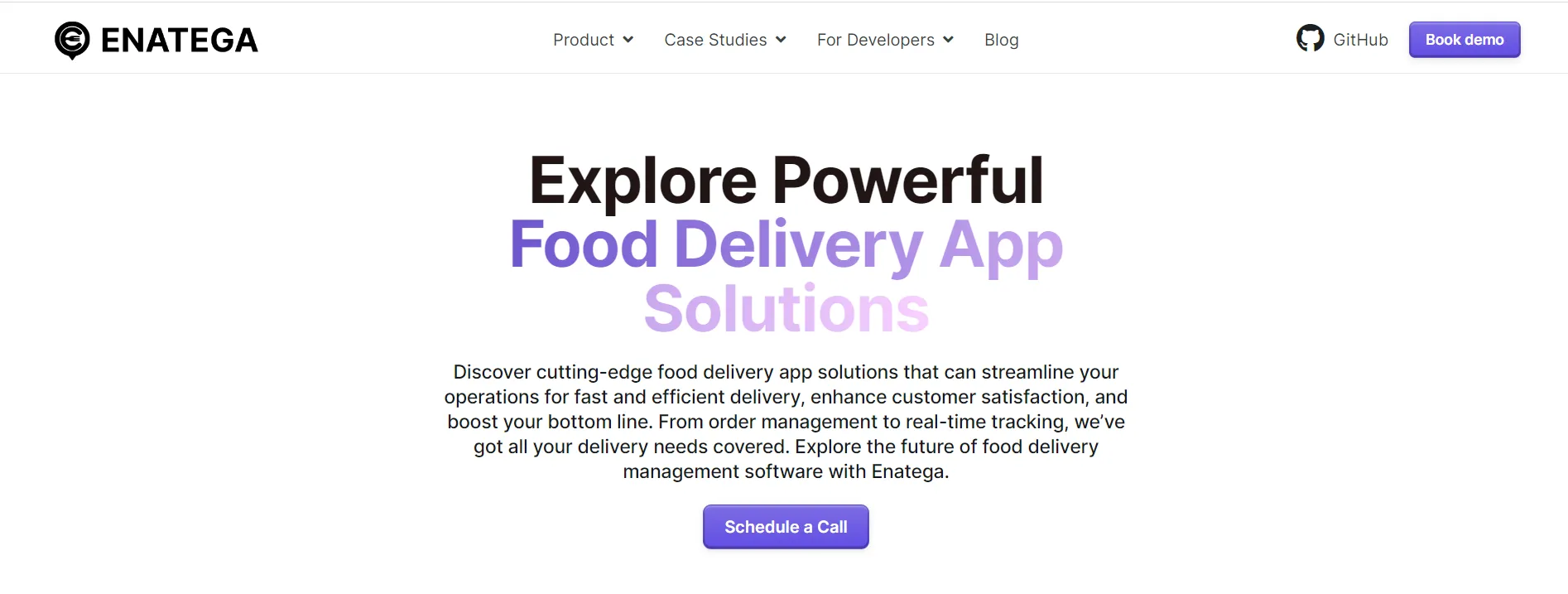
Enatega is an open-source, customizable food delivery platform tailored to your needs. It is best for all businesses and helps them create their own food delivery platform. The platform offers restaurants various features to manage their operations and reach more customers.
Enatega offers mobile and web versions, allowing restaurants to choose the best one according to their needs. Enatega’s online food ordering system can help you streamline your operations and grow your food business. This food ordering app for restaurants offers tailored solutions to meet specific business needs.
The open source code for online food ordering software is available on GitHub for programmers eager to write code for food software.
Example: The Israeli food and grocery delivery company “Yalla” has a white-label solution from Enatega to enhance its customer service.
Features of Enatega
- Rider delivery app
- Customer app
- Order management
- Loyalty and promotions
- Various payment methods
- Delivery management
- Analytics and report
- Full food ordering and delivery software source code
Supercharge your deliveries with Enatega.
Launch NowOrdering.Co

Ordering.Co has everything that every restaurant owner needs in a restaurant management system. It is a platform designed to facilitate online ordering for restaurants and other food service providers.
It provides tools for businesses to manage their online menus, take orders, and handle payments directly through a customizable interface.
Example: KFC Kosovo uses Ordering.Co’s customer app to enhance its digital ordering experience.
Features of Ordering.Co
- POS integration
- Management tools
- Order tracking
- AI order assignment
- Offer customer, store, and rider app
- Marketing tools
- SEO tools
TastyIgniter

TastyIgniter is an easy-to-use open source delivery platform for takeaways and restaurants. Its primary purpose is to make life easy for restaurants. The platform offers a fully customizable restaurant website that helps showcase your brand to potential customers.
TastyIgniter helps to manage multiple features of your business. It uses custom online ads to bring people to your restaurant or takeout.
Further, this tool is used by multiple restaurant branches without additional charges. It offers free and complete access to all features.
Features of TastyIgniter
- Customized delivery zones
- Promo codes for discounts
- Install Tastyigniter without paying the monthly fee
- Active community
- Take online payments
- Table booking system
- POS and delivery integration
Cloudify
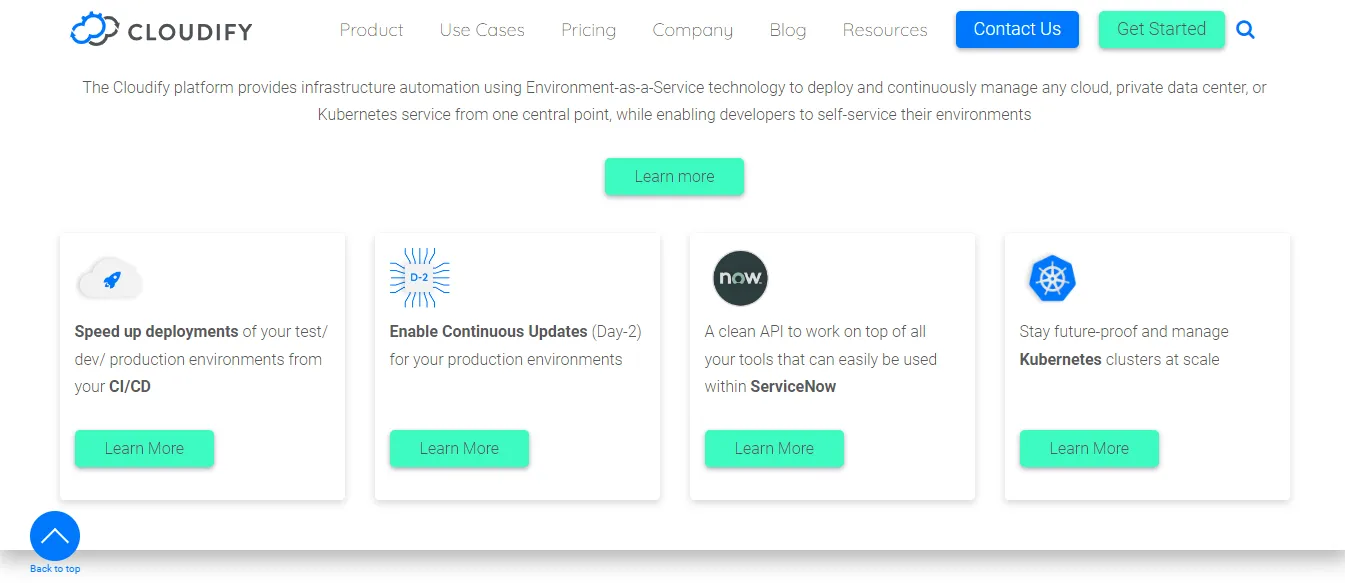
Cloudify is an all-in-one platform that helps businesses build an online food delivery platform like Zomato with a few clicks. It was previously called “Foodoma”. This no-code SaaS eCommerce tool helps companies create and run online stores, connect with local customers, and increase sales in multiple cities.
13,000+ businesses worldwide use Cloudify. From small to mid-sized businesses to growing enterprises, all rely on them for their food ordering business.
Features of Cloudify
- Thermal bill printing
- Delivery tracking
- Customer ordering
- Unlimited stores or restaurants with unlimited items
- Notifications
- Advance reports
- Payment gateways
- Active community
Open source apps offer several features for customers and restaurants and improve their experience. However, with top-notch features, you can create a great app. Here are some common features that should be in the open source delivery app.
Comparison Between Open Source Delivery Management Softwares
| App Name | Best For | Key Features | Pricing |
| GloriaFood | Small restaurants | Facebook orders, delivery tracking, promo codes | Offer a freemium model and paid services with different pricing |
| Enatega | Custom-built solutions | Customer app, restaurant app, admin panel, rider app, multi-payment, analytics | Transparent pricing with no hidden fees |
| Ordering.Co | Businesses that need an all-in-one platform | SEO tools, marketing, and AI automation | Paid |
| TastyIgniter | Takeaways and dine-in | Table booking, promo codes, full customization | Free |
| Cloudify | All-in-one restaurant management | AI automation, delivery dispatch, and POS integration | Paid |
Best Features of the Open Source Food Delivery Apps
Open source delivery apps offer several features for customers and restaurants, and improve their experience. However, with top-notch features, you can create a great app. Here are some common features that should be in the open source delivery app.
For Customers
| Features | Description |
|---|---|
| Order History | Show the history of past orders for easy ordering and know the favorite items. |
| Order Tracking | Customers can track their orders to know when the rider has arrived. |
| Multiple Payment Options | Provide various payment methods such as digital wallets, credit/debit cards, and cash on delivery. |
| Ratings and Reviews | Customers can easily rate and provide feedback to restaurants and riders about their overall experience. |
| Notifications | Customers get notifications about their order status, new deals, and promotions. |
| Customization | The customers can add special instructions. For example, which ingredients are added, where the order is placed, and more. |
For Restaurants
| Features | Description |
|---|---|
| Menu Management | Restaurants can add or remove items from the menu. Also, they edit prices, descriptions, etc. |
| Order Management | The restaurants can easily manage their orders and know which orders are completed, delivered, and pending. Plus, they also track the rider’s location. |
| Payment Processing | The restaurant easily manages all the payments with secure payment methods. |
| Marketing and Promotion | Create and promote marketing campaigns to reach more customers. |
| Inventory Management | Track and manage inventory hassle-free to ensure all the main items are in stock. |
For Delivery Riders
| Features | Description |
|---|---|
| Order Acceptance/Rejection | The delivery riders can accept or reject orders. |
| Order Confirmation | The delivery riders can confirm when they deliver their order. |
| Order Assign | The riders receive all the order details of the deliverer, like name, address, contact number, and food details. |
How to Choose the Best Open Source Delivery Platform?
Food business owners face several challenges when deciding what food delivery platform to use. Choosing the right open source delivery software is necessary for your business and can impact customer experience and operations.
Therefore, for your help, we compiled the best tips to help you choose the best open-source food delivery app platform.
- First, businesses identify their needs, customer preferences, and budget.
- Check the licensing terms and privacy policy of the open source delivery platform.
- Check their experience by reading reviews on different platforms.
- Ensure the platform offers all the features you need to include in your app.
- Check their past projects and portfolios.
FAQs
1. How do you make a food delivery app from scratch?
Below are the steps that will guide you in creating a food delivery app from scratch.
- Know the latest food delivery market trends
- Select the food delivery model
- Know your competitors
- Decide on the features
- Choose the tech stack
- Start the development
- Testing
2. What are the top 3 food delivery apps?
The top 3 food delivery apps are:
- Grubhub
- Uber Eats
- DoorDash
3. What food delivery is used the most?
DoorDash is the most used food delivery service in the United States, holding the largest share of the market. People use this app to place orders online from various restaurants and satisfy their hunger.
4. Is food delivery profitable?
Yes, investing in food delivery apps is profitable, according to the current market situation of the food delivery industry. It helps restaurants to get more profit and increase their reach.
5. Is open-source better than proprietary software?
Open-source software offers transparency, community collaboration, and flexibility, while proprietary software often provides dedicated support and polished user experiences. The choice depends on specific needs and preferences.
6. Which food delivery app is most profitable?
DoorDash is often cited as the most profitable food delivery app, due to its extensive market share and operational efficiencies.
7. Can open source apps be paid?
Yes, open-source apps can be paid. The source code is freely available; developers may charge for services like support, hosting, or premium features.
8. What is an example of an open source application?
An example of an open-source application is LibreOffice, a free office suite that includes applications for word processing, spreadsheets, presentations, and more. It is widely used as an alternative to proprietary office software.
9. Is open source really free?
Open source software is generally available for free, but “free” can refer to both cost and freedom. You can download and use open source applications without payment; some may offer paid features, support, or services.
Additionally, “free” in the open-source context emphasizes the freedom to modify and distribute the software, rather than just the absence of cost.
10. How do open source apps work?
Open-source apps work by allowing anyone to access, modify, and distribute their source code.
11. What are the disadvantages of open source software?
Open-source software offers many benefits, but it also has some disadvantages:
- Limited official support
- Compatibility issues
- Security risks
- Some open-source projects may require technical expertise to install, configure, and customize
Supercharge your deliveries with Enatega.
Launch NowConclusion
Open source delivery apps have transformed the food industry and provide a cost-effective solution to food businesses. These apps can help you grow easily and improve your productivity. A food delivery app's open source code is free for all users. Also, these apps help customers to order their favorite meals more conveniently.
These apps are good for single-vendor and multi-vendor restaurants with limited traffic and who want to dip their toes into online food ordering.
So, if you want to deliver food more effectively and streamline your process, create an app like UberEats or Grubhub. Consult an online food delivery app development company, Enatega, get the best open-source food delivery software for your business.












 IOS
IOS Android
Android Web
Web
